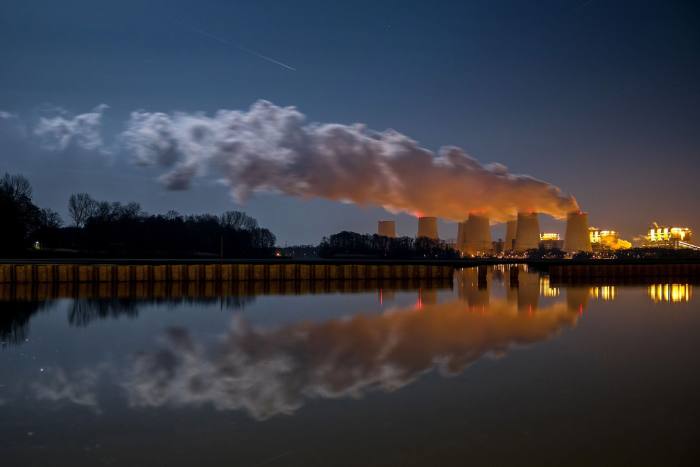Is Wall Street a climate change’s ally?
The 60 largest banks in the world have pumped about $ 3.8 trillion in fossil fuels since the 2015 Paris Agreement.
One of the climate agreement aims was to mobilize financial markets to support the transition from fossil fuels to renewable energy sources. However, banks provided more capital to oil, gas and coal companies in 2020 than in 2016 and 2017.
Despite last year’s 9% decline of loans to the sector, climate change experts do not believe that such achievement results from management aimed at achieving this goal; rather, the cause is to be found in the global reduction in energy consumption caused by the coronavirus pandemic.
The recent Banking on Climate Chaos 2021 report, produced by NGOs’ collaboration, highlighted the reality related to the still considerable investments in fossil fuels. The report was constructed by aggregating both data on banks direct loans to fossil fuel companies and loans from other investors banks organize through bonds and debt sales.
Globally, US banks have won the title of worst offenders: even if Wall Street banks are only 13 of the 60 analyzed, they account for nearly half of global fossil fuel funding over the past five years.
JPMorgan Chase holds the top spot, having invested a whopping $ 316.7 billion, particularly in oil and gas companies. The bank did not comment on the report, but those numbers appear mixed with its initiatives to tackle climate change, including facilitating $ 200 billion in clean and sustainable financing by 2025.
In the second place, Citigroup has provided a total of $ 238 billion in funding since 2016 to companies such as oil giant Exxon Mobil and pipeline and gas company Enbridge. Val Smith, Citi’s Chief Sustainability Officer, said he recognizes that the bank is connected to many carbon-intensive industries. Still, the work to achieve net–zero emissions by 2050 makes it imperative to work with clients, including those related to fossil fuels, to help them and energy systems initiate the transition to a net–zero emission economy.
In Europe, British bank Barclays leads the way with a $ 144.9 billion investment in tar sands, fracking and coal. Meanwhile, the French bank BNP Paribas is the largest in the EU.
The latter never misses the opportunity to brag about its clean and green credentials. Still, in the last year, it has stood out for the largest ever increase in funding to fossil fuel companies, recording a 41% increase. A bank spokesperson tried to retort by saying that during the Covid-19 crisis, all sectors of the economy needed support and BNP Paribas, like other banks, played an important stabilizing role for the economy and supported the oil and gas sector to a lesser extent than other business sectors.
Such funding could also be justified by BNP Paribas’ commitment to work with the thermal coal companies covered by its portfolio to influence management to move to new low-carbon business models by 2040. If they do not, the Bank will not only limit bank lending for companies that use carbon, but will also stop issuing bonds for these customers.
Even though one bank after another is making solemn promises to become ‘net zero by 2050’, their projects are dangerously weak.
Lorne Stockman, senior research analyst for Oil Change International, one of the NGOs behind the report, laments: “Our future goes where the money flows and in 2020 these banks have invested billions to lock us into further climate chaos. Banks need to focus on reducing fossil fuel production now, rather than on a distant and insufficient target in the distant future. The time for half measures is over. “
Charles Donovan, executive director of the Center for Climate Finance and Investment, laments: “What is often overlooked is that fossil fuel financing is not just an environmental problem, it is also a chronic cause of financial instability. The volatility of oil prices. and gas poses risks that have a dangerous ripple effect “.
Donovan concludes by saying that despite these risks, the rewards continue to be too large and that we cannot expect US banks to withdraw from this business, until the clean energy sector can absorb the volume of capital that banks currently allocate to fossil fuels.




